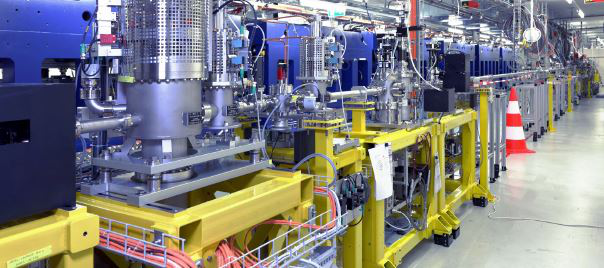Speaker
Description
Timing jitter is a major issue in many pump-probe X-ray FEL experiments. Current implementations of single-shot timing diagnostic tools are based either on X-ray induced changes of the optical properties of solid-state materials, or on the modulation of X-ray generated photoelectron energies via strong field interactions. These methods nearly always rely on nonlinear processes to generate suitable conditions for the measurement.
One application of nonlinear optics is the generation of broadband optical radiation, so-called “white light”, that can be used for broadband spectroscopic measurements or for the creation of ultrashort pulses. White light can be generated in a bulk crystal, a high-pressure gas cell, or a gas-filled hollow core fiber with an intense femtosecond laser pulse. White light generation in a bulk crystal has limited photon flux due to breakdown and multiple-filamentation issues. The filamentation in a high-pressure gas cell and hollow core fiber can provide greater flux in the super-continuum spectral range, but with higher noise. In addition, small changes in the gas pressure can cause significant time drifts which can impact usage in timing diagnostic tools. At SwissFEL, several systems have been developed for the short laser pulse and white light generation in order to achieve higher signal-to-noise ratio and temporal resolution.
Nonlinear optics not only provides the light sources for the timing diagnosis of FELs, but also can be applied for the process used in timing tools. Current realizations of this concept in single-shot timing diagnostics in solid state media are all based on X-ray induced changes in the linear susceptibility. In the optical spectroscopy, however, nonlinear processes often offer an enhanced sensitivity to small perturbations and in some cases can provide nearly background-free signals.
Here we present the potential of using a prototype χ(2) process, second harmonic generation, to measure the X-ray induced changes and to explore its potential applications using for an X-ray timing diagnostic tool.
Figure 1 (a) Measured the correlation between the SHG spectrum encoding and spatial encoding. (b) and (d) present the distributions of the arrival time measured with the SHG spectral timing tool and the spatial timing tool, respectively. (c) The distributions of the difference in the retrieved arrival time between the two timing tools (blue: all signal; red: signals in the timi
